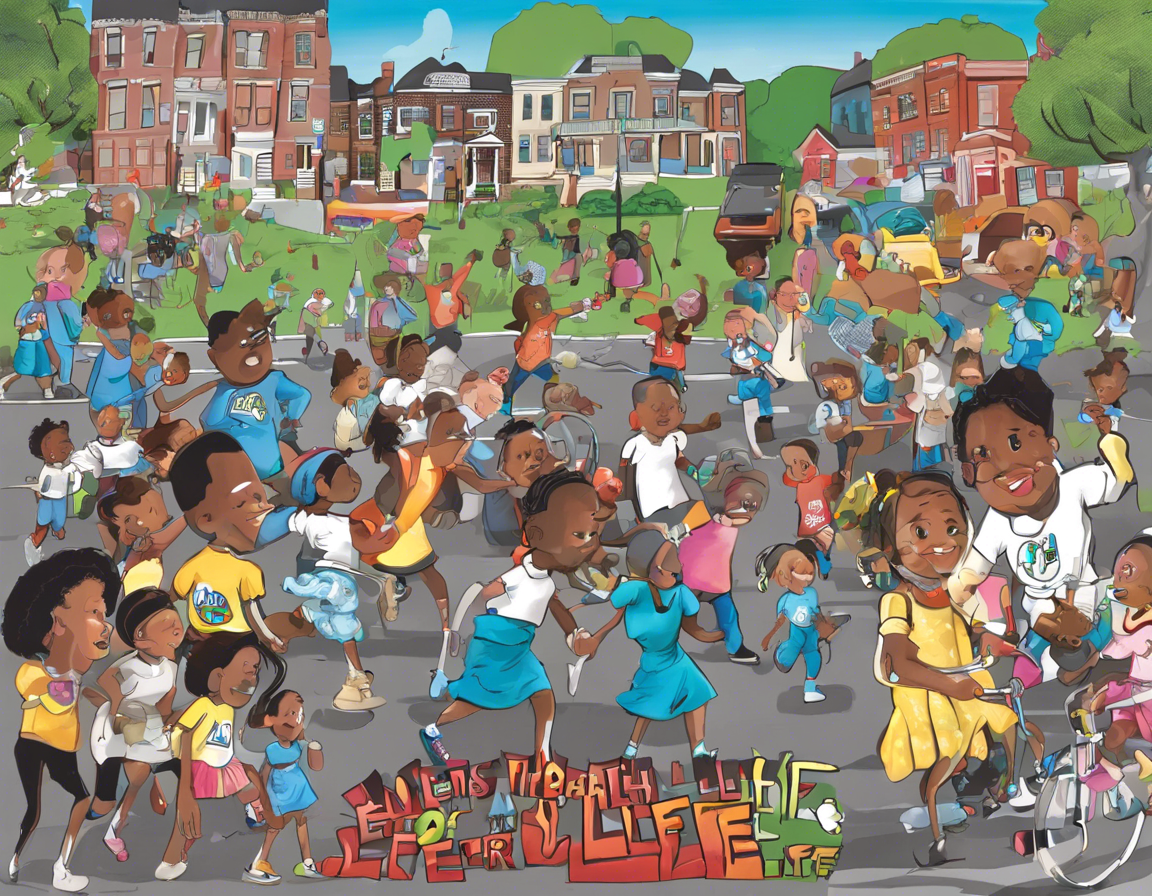Navigating Health for Life in Baltimore: A Comprehensive Guide
Introduction
In recent years, health disparities have become a prevalent concern in Baltimore, Maryland. Factors such as socioeconomic status, access to healthcare, and environmental conditions contribute to these disparities, leading to varying levels of health outcomes among different populations within the city. In this guide, we will explore various aspects of health and wellness in Baltimore, providing valuable information and resources to help individuals navigate their health for life in the city.
Understanding Health Disparities in Baltimore
Baltimore, like many other urban areas, faces significant health disparities that impact residents across different neighborhoods. Social determinants of health, including poverty, education, and racial segregation, play a crucial role in shaping these disparities. According to data from the Baltimore City Health Department, residents in certain neighborhoods are more likely to experience chronic conditions such as diabetes, hypertension, and obesity compared to those in more affluent areas.
Access to Healthcare
Access to quality healthcare services is essential for maintaining good health and addressing medical needs. In Baltimore, various healthcare facilities, including hospitals, community health centers, and clinics, serve the diverse population. Medicaid and Medicare programs offer health coverage to eligible individuals, while HealthCare Access Maryland provides assistance with enrollment and access to care for the uninsured.
Promoting Healthy Lifestyles
Adopting healthy lifestyle habits is key to preventing chronic diseases and improving overall well-being. Residents of Baltimore can engage in a variety of health-promoting activities, including exercise, healthy eating, and smoking cessation programs. The city offers numerous parks, recreational facilities, and farmers markets where individuals can participate in physical activities and access fresh, nutritious foods.
Mental Health and Wellness
Mental health is an integral component of overall wellness, and access to mental health services is essential for addressing conditions such as anxiety, depression, and trauma. Organizations like Behavioral Health System Baltimore and NAMI Metropolitan Baltimore provide resources and support for individuals facing mental health challenges. Counseling services, support groups, and crisis intervention programs are available to those in need of mental health assistance.
Environmental Health Concerns
Environmental factors, such as air quality, lead exposure, and access to green spaces, can impact health outcomes in Baltimore. The city has made efforts to address environmental health concerns through initiatives like the Baltimore Green Network and Lead Poisoning Prevention Program. Residents can take steps to reduce their exposure to environmental hazards and support sustainability efforts in their communities.
Community Resources and Support
Numerous community organizations and nonprofit groups in Baltimore offer support and resources to promote health and well-being. From food pantries and health education programs to youth development initiatives and senior services, these organizations play a vital role in addressing the diverse needs of residents across the city. Volunteering and getting involved in community efforts can also be a rewarding way to support the health of Baltimore’s communities.
Conclusion
Navigating health for life in Baltimore requires a multifaceted approach that addresses the various factors influencing well-being in the city. By understanding health disparities, accessing healthcare services, promoting healthy lifestyles, prioritizing mental health, addressing environmental concerns, and utilizing community resources, individuals can take proactive steps towards improving their health outcomes and quality of life in Baltimore.
Frequently Asked Questions (FAQs)
- What are the leading causes of health disparities in Baltimore?
-
Health disparities in Baltimore are primarily influenced by social determinants such as poverty, education, and racial segregation, which impact access to healthcare and health outcomes.
-
How can individuals access affordable healthcare services in Baltimore?
-
Eligible individuals can enroll in Medicaid and Medicare programs for health coverage, while organizations like HealthCare Access Maryland provide assistance with enrollment and care access for the uninsured.
-
What resources are available for mental health support in Baltimore?
-
Organizations like Behavioral Health System Baltimore and NAMI Metropolitan Baltimore offer resources such as counseling services, support groups, and crisis intervention for individuals facing mental health challenges.
-
How can residents address environmental health concerns in Baltimore?
-
Residents can engage in initiatives like the Baltimore Green Network and Lead Poisoning Prevention Program to support sustainability efforts, reduce exposure to environmental hazards, and promote environmental health in their communities.
-
What are some ways to promote healthy lifestyles in Baltimore?
-
Residents can participate in activities such as exercise, healthy eating, and smoking cessation programs, as well as access parks, recreational facilities, and farmers markets to support their overall well-being.
-
How can individuals get involved in community efforts to support health in Baltimore?
- Volunteering with community organizations, participating in health education programs, and supporting initiatives that address the diverse needs of Baltimore residents are all valuable ways to get involved in promoting health and well-being in the city.

Recent Comments